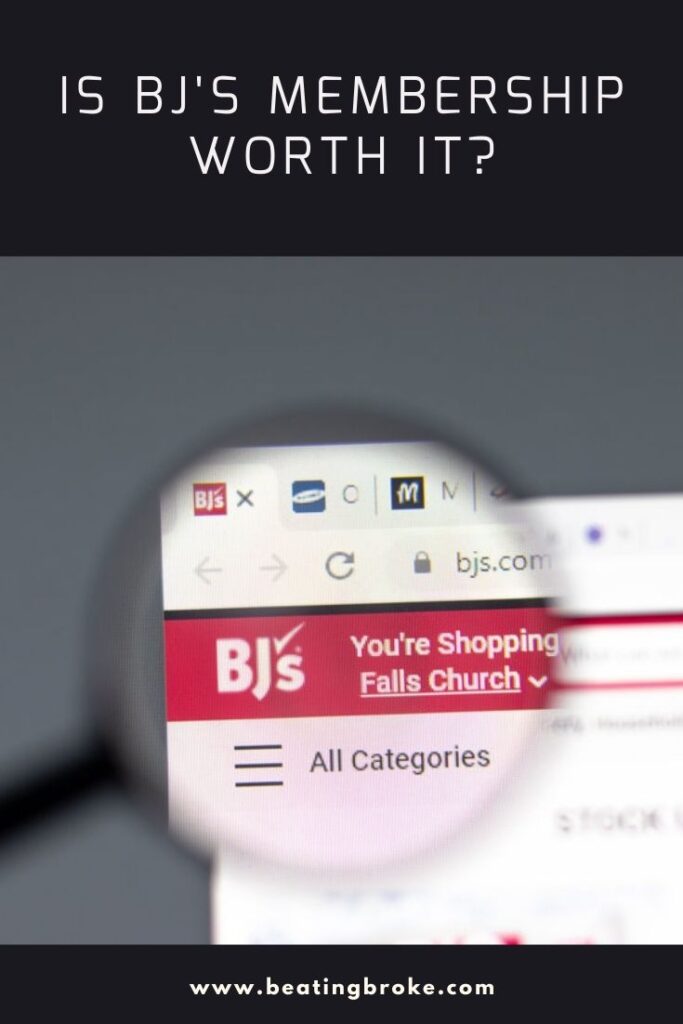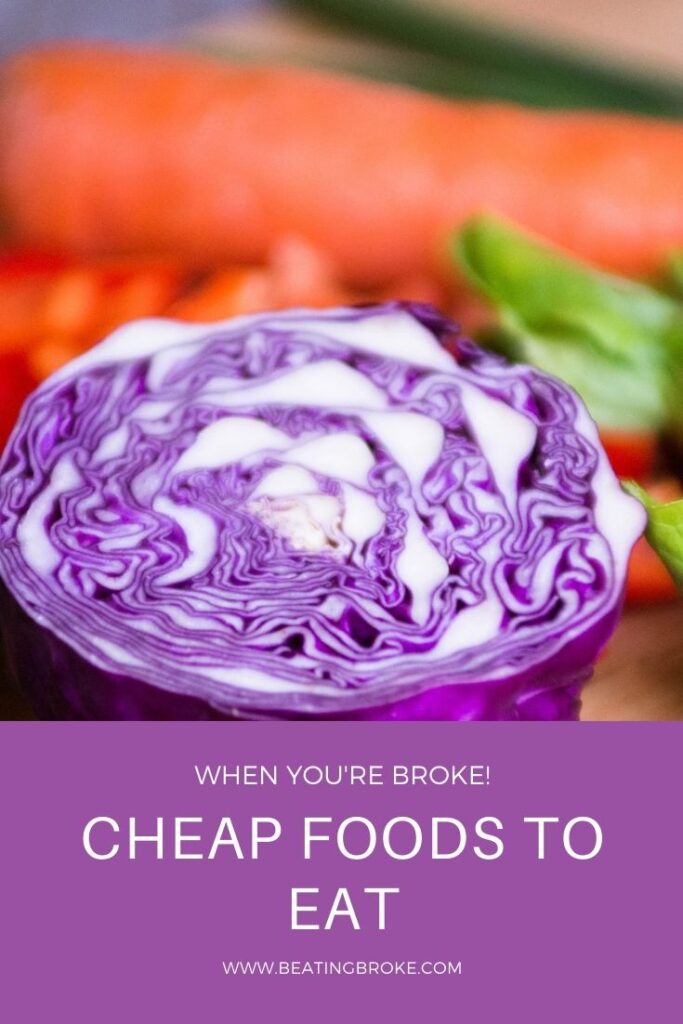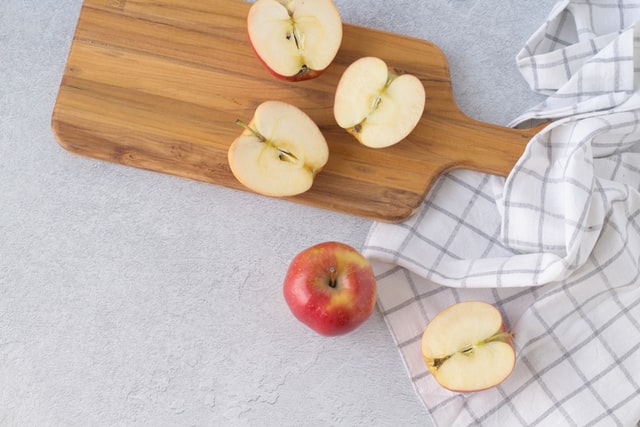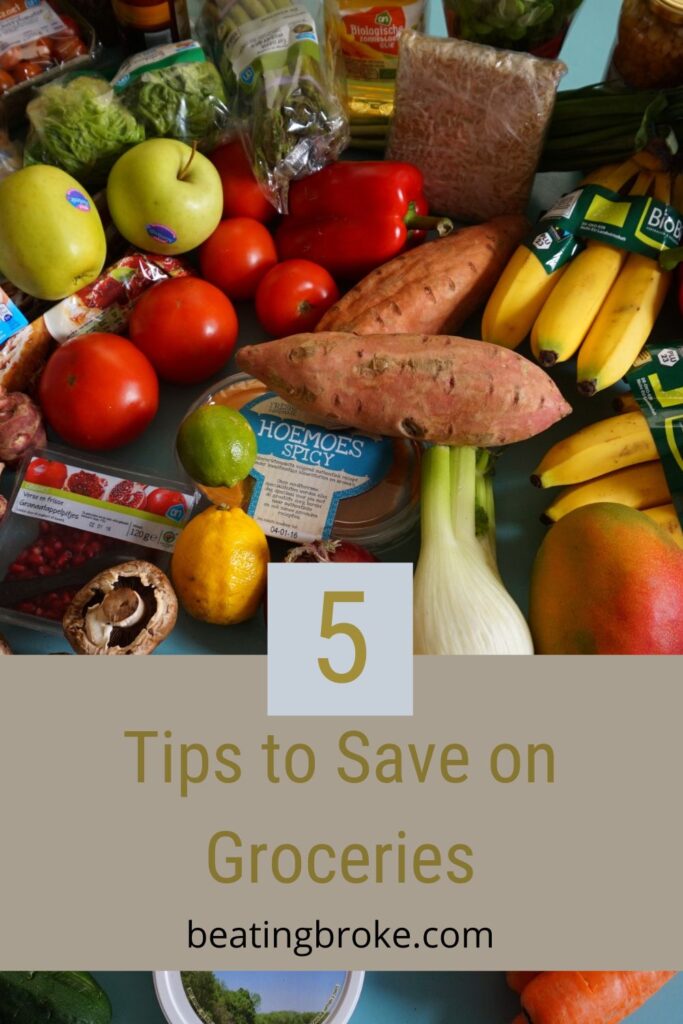
The price of groceries recently! Ouch. In the last few months, I’ve been shopping the same way I typically do, and yet, my grocery bill for my family of five has increased several hundred dollars, and my freezer and pantry are emptier. Enough is enough. The food prices are rising rapidly, but I’m utilizing these tips to save on groceries this year.
Prices Will Be High for Awhile
Prices will be high for a while because of supply chain issues due to the pandemic and the current war in Ukraine. However, if you’re willing to change your behavior and preferences, you can save on groceries this year, even with the market instability.
5 Tips to Save on Groceries This Year
Change Your Menu
Our family makes every meal at home, and we don’t eat extravagantly. However, I’m looking at changing our menu. We’re gluten-free and dairy-free. That means staples for most people, like bread, cost us significantly more to buy gluten-free. During this time, I’m limiting how much bread we use and instead am switching to naturally gluten-free carbs that are cheaper such as potatoes, sweet potatoes, and rice.
I’ve also searched the Internet for low-cost meals. Many bean-based recipes appear, but my family doesn’t want to eat beans several times a week.
Instead, I look two different places.
Depression-Era Recipes
For Depression-era recipes, I love the YouTube channel, Great Depression Cooking. Clara, the host, shares stories about her life and frugal recipes her family ate during the Great Depression.
Frugal Recipes Around the World

To make meals more interesting, I’ve prepared frugal meals from different countries. Some of our favorites include Colcannon (Irish mashed potatoes with cabbage), Okonomiyaki (Japanese cabbage pancake), and Tortilla de Patatas (Spanish omelet with potatoes and onions).
Use Less Meat & Fish
Part of our strategy to change the menu involves using less meat. Sometimes we have meat-based meals, but I’m currently trying to avoid having those regularly.
Find Meals with Reduced Meat
Instead of meat-based meals, I’m trying to make meals that center around vegetables and starches with some meat. When I do that, I can use less meat. For instance, when I make spaghetti, I add about six ounces of cooked ground beef. That half pound of meat is cheaper than using an entire pound for our family of five. I also look for soups and chilis that require a half-pound of meat or less.
Buy Cheaper Cuts
We enjoy roasts and steaks when we buy ¼ side of beef, but we haven’t purchased beef that way in over two years, so we’re only eating ground beef, which is the cheapest form of beef we can find.
Likewise, I still want to have fish in our diet, but I have found cheaper ways to buy it. I can buy cod pieces at Trader Joe’s for $4.49 per pound. Whole fillets cost approximately $10 a pound, so I buy cod pieces and make fish cakes instead of serving fillets to my family. We’re getting the benefits of eating fish at a much lower price.
Allocate Some Money to Stocking Up
One of the best ways to lower your grocery budget is to save some money each week to stock up on sales. Let’s say you have $150 a week to spend on groceries. You might use $120 to buy your weekly groceries and reserve the additional $30 to stock up on items that are on sale.
Maybe you find a clearance sale on ground beef marked down to $2.99 a pound instead of the regular price of $6.99 per pound. If there are ten packages available, you might buy all 10 for $29.99 total. (This is a deal I found two weeks ago, and I snatched up all ten. I promptly went home and made ten meals. Most of the meals are in the freezer now, so we can eat them in the next few months, saving us money on our upcoming grocery trips.)
Some weeks you may not find any good sales. That is okay. Let that $30 rollover, so the next week you have $60 to use for stock-up buys. Then, when you find a good sale, you can take advantage of it without wrecking your grocery budget.
Try Reverse Meal Planning
Some people carry this idea further by reverse meal planning. Instead of going to the grocery store with a list of items you need to buy, you go to the grocery store and look for food on sale or clearance and try to buy only those items.
Then, when you get home, you make a meal plan based on the items you already have. If you bought cheese at a discounted price, and you have ham from a sale two weeks ago, you might combine the two together with potatoes and milk to make scalloped potatoes for your family.
If you’re creative and can think of ways to use different foods, reverse meal planning can help you keep your budget low even when food prices are high.
I use this strategy, but only for a few meals a week. I’m not creative enough to plan all our meals this way, especially with our dietary restrictions.
Order Online
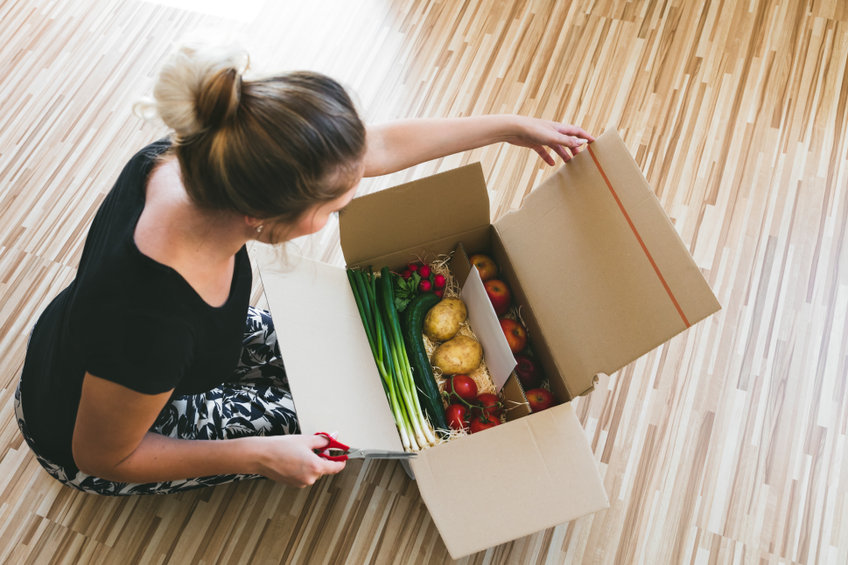
Another option is to order your groceries online. Some people love ordering this way because they limit their impulse buys. You only order what you need, so you can stick to your grocery budget.
I do sometimes place online orders, but our local grocery store is often out of the items that I order. Therefore, I only place online orders about twice a month. I like to go into the store to find discounted and clearance items, which I can’t do when I shop online.
However, by using both online shopping and going to the store on alternate weeks, I can save money.
Final Thoughts
The cost of groceries is high, but I’m hoping by regularly using these five tips to save on groceries this year, I can avoid going over budget.
How are you fighting the high price of groceries?
Read More
Save on Groceries by Limiting Junk Food
Living on a Tight Budget: Should Groceries Be the First Place You Cut?
Even More Ways to Save on Groceries
Melissa is a writer and virtual assistant. She earned her Master’s from Southern Illinois University, and her Bachelor’s in English from the University of Michigan. When she’s not working, you can find her homeschooling her kids, reading a good book, or cooking. She resides in New York, where she loves the natural beauty of the area.

